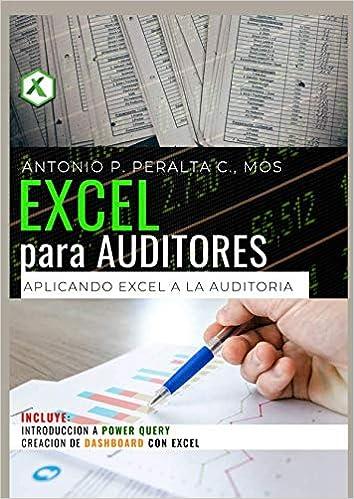



Tax Rates for Net Capital Gains and Qualified Dividends Taxable Income Rate* Married Filing Jointly Married Filing Separately Single Head of Household Trusts and Estates 0% $0 - $80,000 $0-$40.000 $0-$40,000 SO - $53,600 $0-$2.650 15% $80,001 - $496,600 $40,001 - $248,300 $40,001 - $441,450 $53,601 - $469,050 $2,651 - $13.150 20% $496,601+ $248,301+ $441,451+ $469,051+ $13,151+ *This rate applies to the net capital gains and qualified dividends that fall within the range of taxable income specified in the table (net capital gains and qualified dividends are included in taxable income last for this purpose). Schedule Y-1-Married Filing Jointly or Qualifying Widow(er) If taxable income is over: But not over: The tax is: $ 0 $ 19,750 10% of taxable income $ 19,750 $ 80,250 $1,975 plus 12% of the excess over $19.750 $ 80,250 $171,050 $9,235 plus 22% of the excess over $80,250 $171,050 $326,600 $29,211 plus 24% of the excess over $171,050 $326,600 $414,700 566,543 plus 32% of the excess over $326,600 $414,700 $622,050 $94.735 plus 35% of the excess over $414,700 $622,050 $167,307.50 plus 37% of the excess over $622,050 Schedule Z-Head of Household If taxable income is over:But not over: $ 0 $ 14,100 $ 14,100 $ 53,700 $ 53,700 $ 85,500 $ 85,500 $163,300 $163,300 $207,350 $207,350 $518,400 $518,400 The tax is: 10% of taxable income $1,410 plus 12% of the excess over $14,100 56.162 plus 22% of the excess over $53,700 $13,158 plus 24% of the excess over $85,500 $31.830 plus 32% of the excess over $163,300 $45.926 plus 35% of the excess over $207,350 $154,793.50 plus 37% of the excess over $518,400 Schedule Y-2-Married Filing Separately If taxable income is over: But not over: The tax is: $ 0 $ 9,875 10% of taxable income $ 9,875 $ 40,125 987.50 plus 12% of the excess over $9.875 $ 40,125 $ 85,525 54.617.50 plus 22% of the excess over $40,125 $ 85,525 $163,300 $14,605.50 plus 24% of the excess over $85,525 $163,300 $207,350 $33,271.50 plus 32% of the excess over $163,300 $207,350 $311,025 S47,367.50 plus 35% of the excess over $207,350 $311,025 $83.653.75 plus 37% of the excess over $311,025 Required information Problem 7-45 (LO 7-2) (Algo) [The following information applies to the questions displayed below.] Matt and Meg Comer are married and file a joint tax return. They do not have any children. Matt works as a history professor at a local university and earns a salary of $68,900. Meg works part time at the same university. She earns $33,900 a year. The couple does not itemize deductions. Other than salary, the Comers' only other source of income is from the disposition of various capital assets (mostly stocks). (Use the tax rate schedules, Dividends and Capital Gains Tax Rates.) (Round your final answers to the nearest whole dollar amount.) Problem 7-45 Part-a (Algo) a. What is the Comers' tax liability for 2020 if they report the following capital gains and losses for the year? Short-term capital gains Short-term capital losses Long-term capital gains Long-term capital losses $ 9,900 (2,900) 15,900 (6,900) Total tax liability b. What is the Comers' tax liability for 2020 if they report the following capital gains and losses for the year? $ 1,500 Short-term capital gains Short-term capital losses Long-term capital gains Long-term capital losses 13,900 (10,900) Total tax liability










